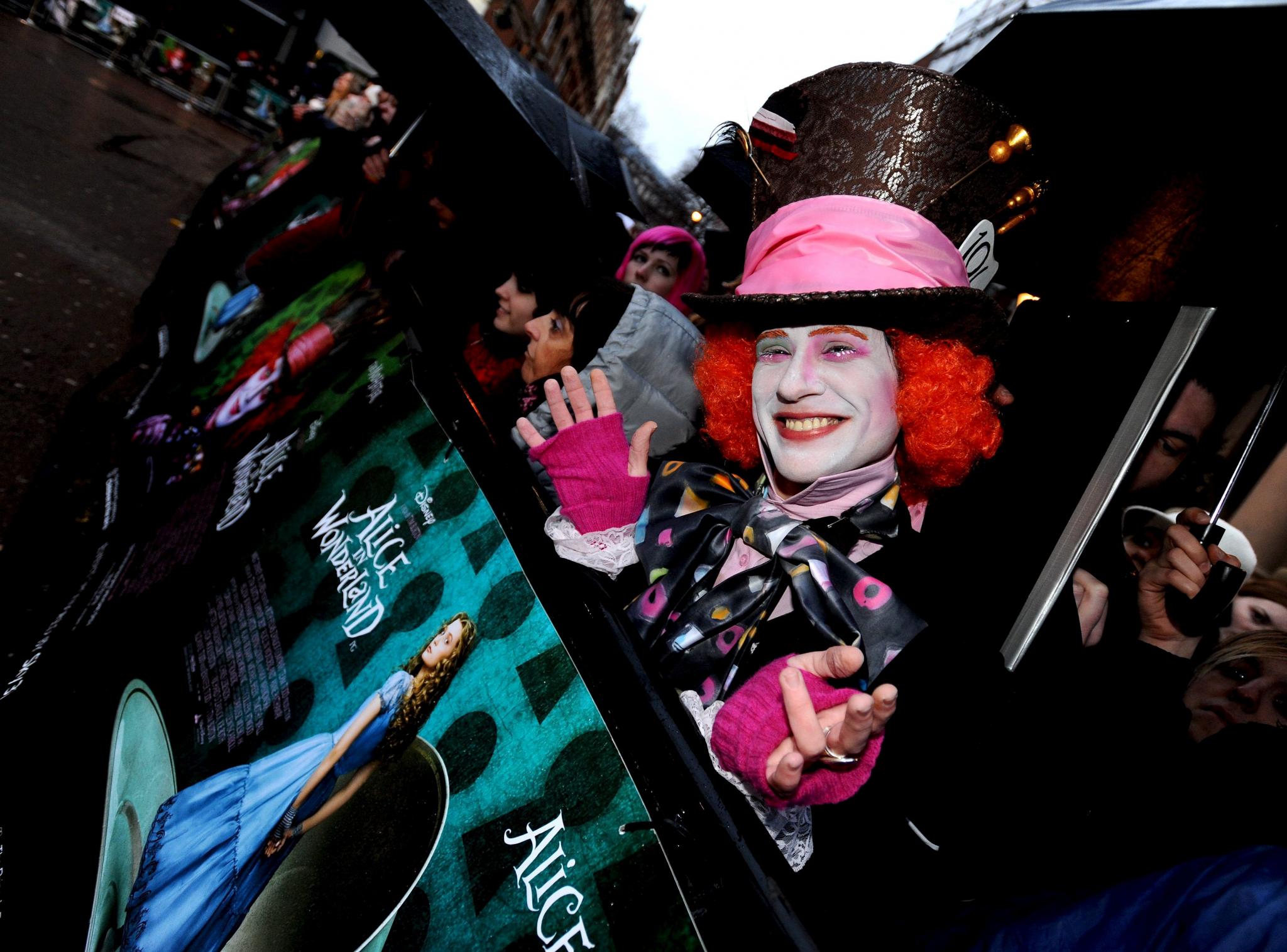
A person dressed up as the "Mad Hatter" from Alice in Wonderland. | DANIEL DEME
Palma13/05/2020 04:01
Even those who haven’t read Alice in Wonderland have heard of the Mad Hatter and his tea party. But author Lewis Carroll didn’t coin the simile ‘as mad as a hatter’: it existed long before ‘Alice’ and was based on fact, not fiction.

No comments
To be able to write a comment, you have to be registered and logged in
Currently there are no comments.